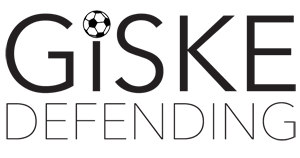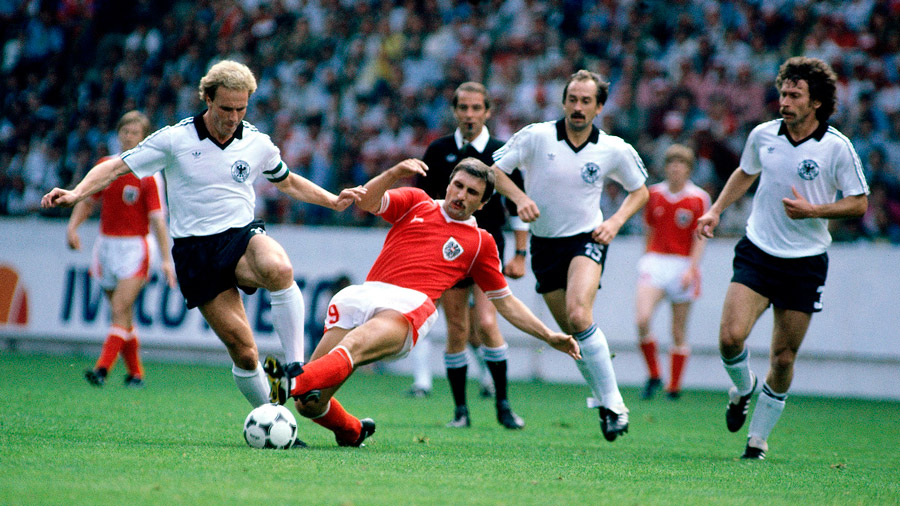
Photo: INTERFOTO / Alamy Stock
During my career as a player, I worked with a lot of skilled coaches and their input significantly enhanced my career and my development. I know I certainly wouldn’t have achieved the things I did without their support, and for that, I am truly grateful.
However, of everything I was taught, one special tip really stood out: that I should take a slanted defence position (45 degree) whenever I engaged in a 1-on-1 situation.
One special tip really stood out: that I should take a slanted defence position.
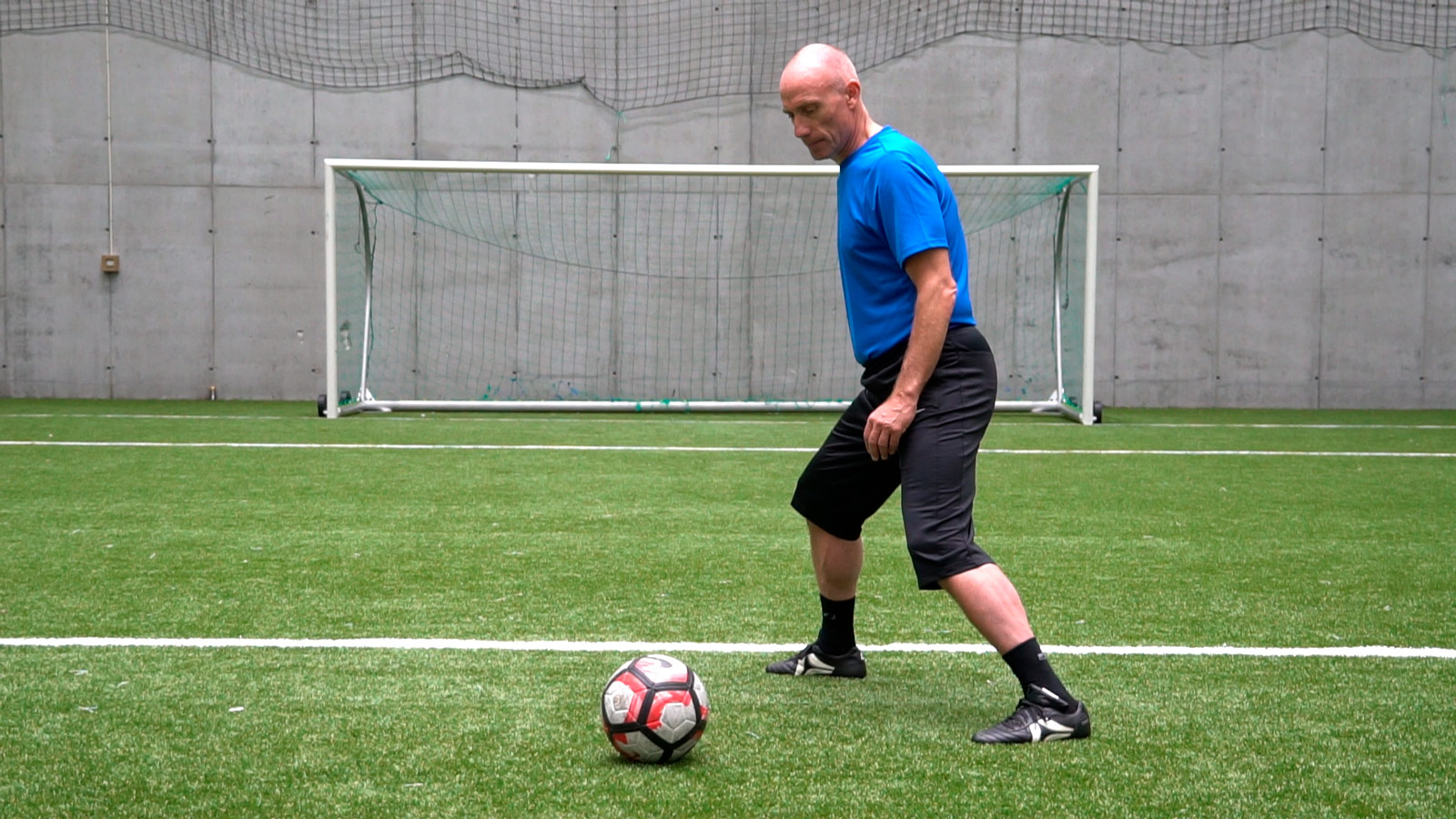
Slanted (45-degree) defending position
Should I follow the advice of my trainers and adopt the slanted defence position?
Over time, I learned that this simple technique made an amazing difference. However, what my head was telling me versus what my body did was often two completely different things.
Time and time again, I found myself taking a side-on defending position:.
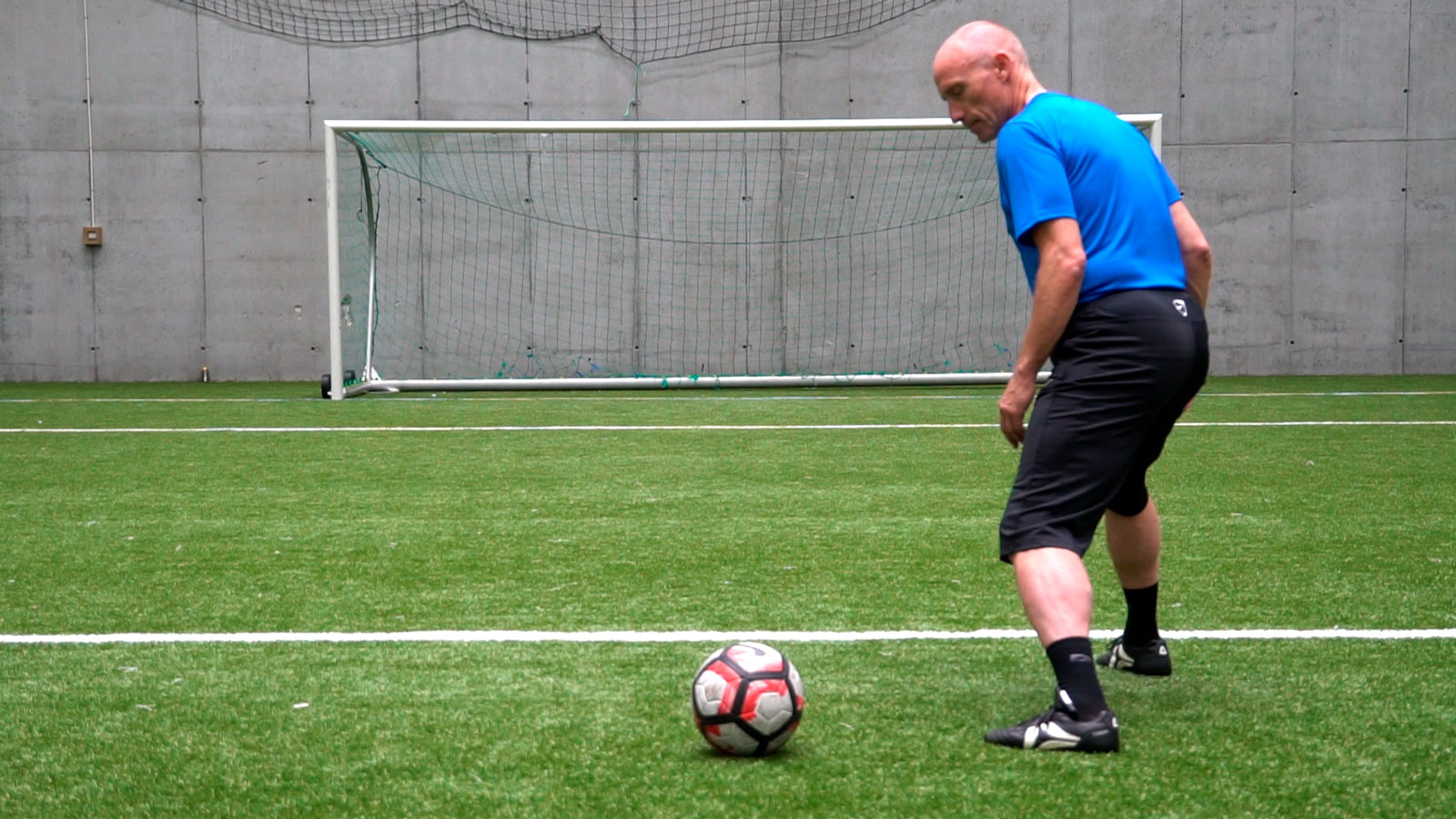
Side-on defending position
Time and time again, I found myself taking a side-on defending position
I felt that this position gave me better control over the attacker than the slanted position, and it felt more comfortable.
So, what should I do?
Should I follow the advice of my trainers and adopt the slanted defence position that had been proven to be successful? Or should I trust my gut feeling?
I thought about this dilemma A LOT. In the end, I decided to trust what my body was telling me and to use the side-on defence position.
Once I had made that decision, I didn’t really think about the slanted versus side-on defensive position quandary again. That was, not until the 16th of April 1984.
I decided to trust what my body was telling me and to use the side-on defence position.
Derby 1. FC Nürnberg vs. Bayern Munich
This particular match represented a turning point in my game and the start of a lifelong learning process. This process led to the development of Giske Defending.
At the time, I have been playing for Nürnberg for just a few months. Getting a chance to play at home against Bayern Munich represented one of the biggest challenges in my career.
Nürnberg’s coach, Heinz Höher, had recently moved me from my former midfield position to a new centre-back position as a marking player. For the first time, I found myself pitted against Karl-Heinz Rummenigge: the best attacker and goal scorer in the Bundesliga and one of the most expensive players in the world.
For the first time, I found myself pitted against Karl-Heinz Rummenigge: the best attacker in the Bundesliga
All eyes of the 40,000-strong crowd were on both teams as we played an emotional derby. Unfortunately, Bayern Munich was the better team and deservedly won the match 4-2.
However, I was somewhat consoled by the fact that my on-pitch duels with Rummenigge and won me this great player’s respect. My defensive skills prevented him from dominating the game in his usual manner, and he was unable to score a single goal.
While I was disappointed my team had lost, I was quite happy with my own performance.
However, beyond all this, this particular game had a significant impact on my development as a defender.
Let me tell you why.
Before the eyes of 40,000 spectators, I faced my biggest challenge as a footballer
The Situation (Reconstruction)
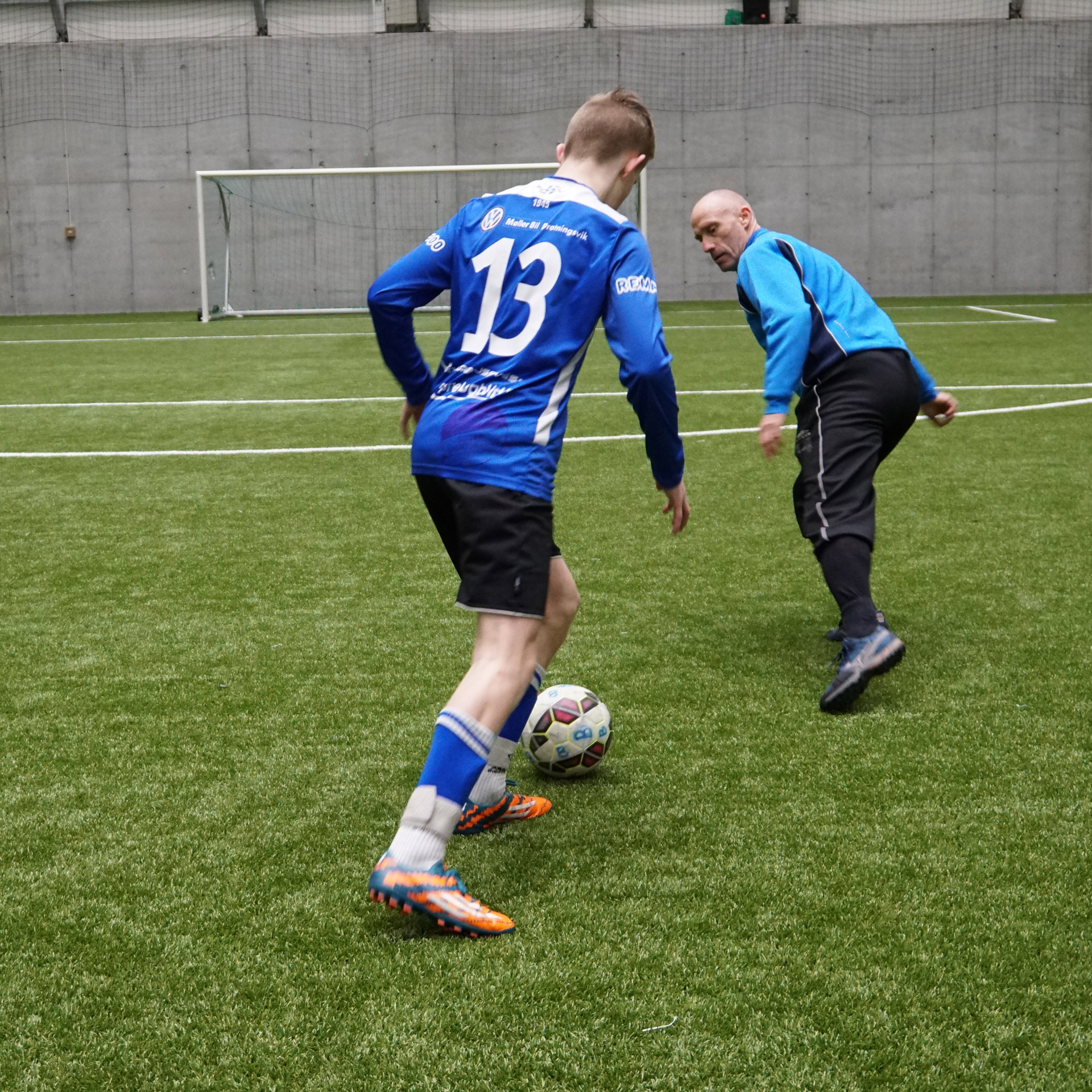
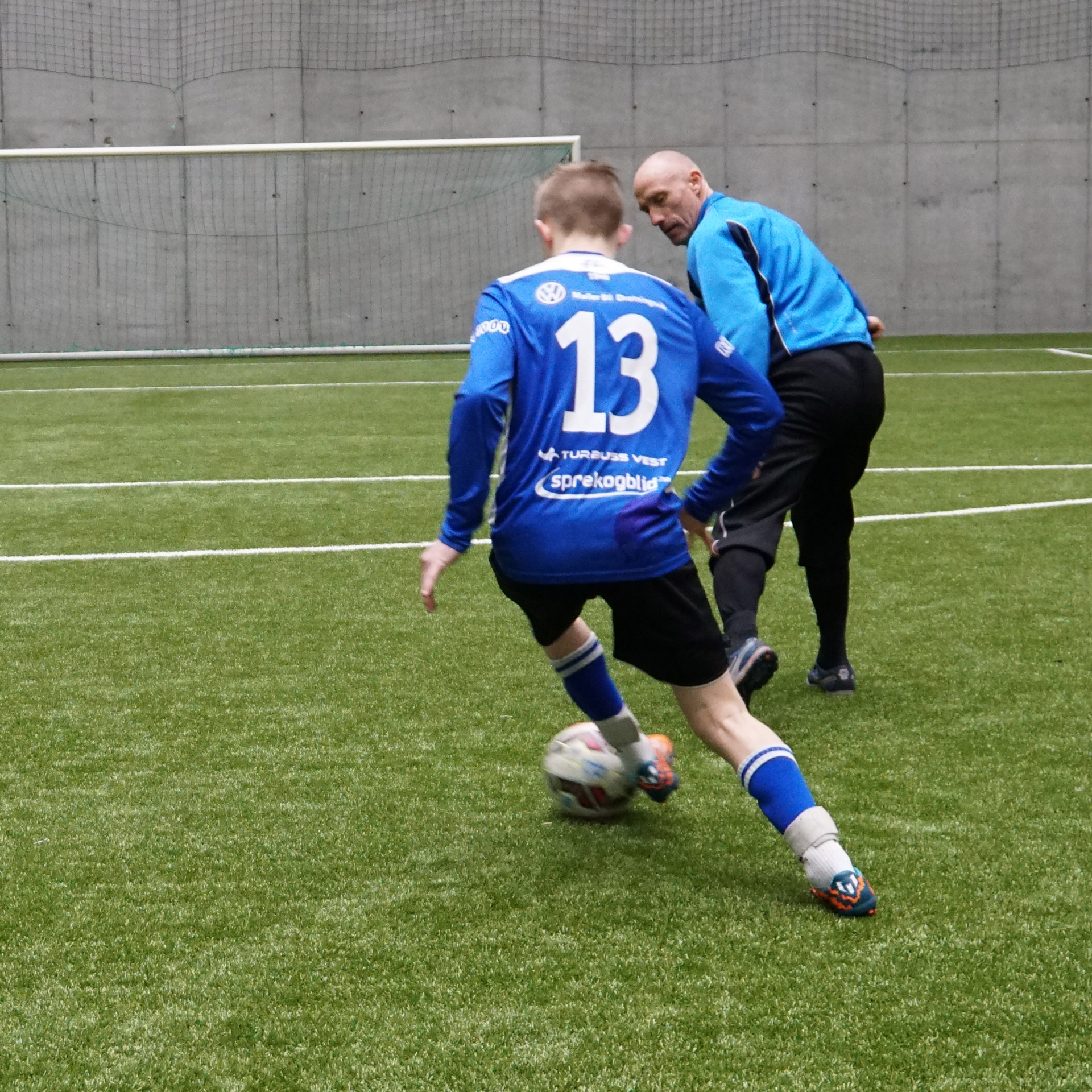
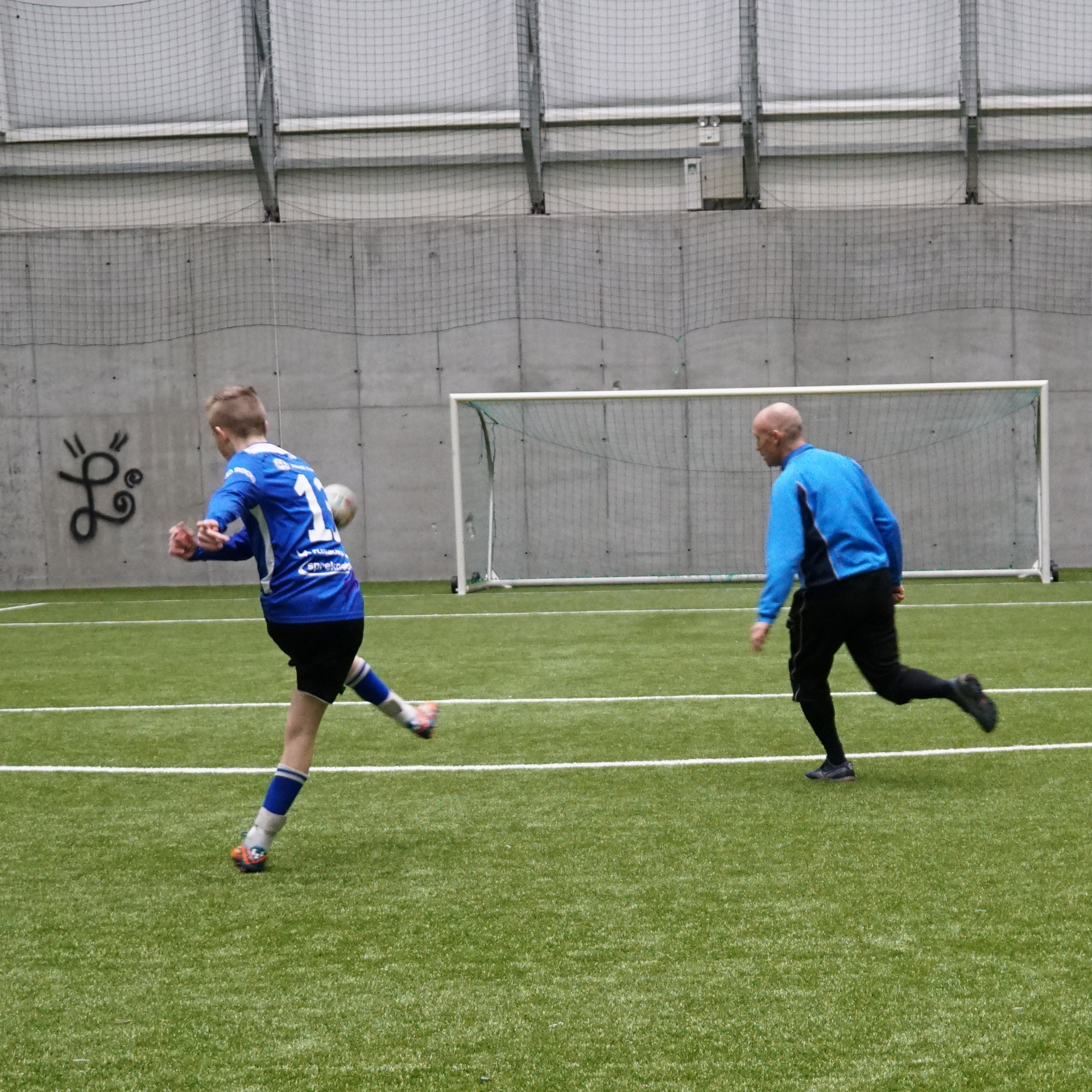
NB: This reconstruction was created with a left-footed player; however, in the game I describe, Rummenigge executed this dribbling with his right foot and finishing with the left foot.
At one point in the game, I found myself in a one-on-one confrontation against Rummenigge in the central area of the field, around 25 meters in front of the goal.
Rummenigge was dribbling with his right foot, and I tried to defend against his advances in the side-on position. Suddenly, he played the ball some meters from his right foot into the free space on his left side. Rummenigge was free on the ball, and I had no way of blocking his shot.
Suddenly everything became clear!
From this moment, it was obvious that I had to adjust my ready position and choose a more frontal stance in such finishing situations . If I didn’t, I would be unable to block shots.

Frontal defending position.
Development Plan
After this important match, I began to design my own training program. The goal was to improve my footwork and expand my repertoire of skills so that I could defend more decisively in one-on-one situations.
Investing in my own development paid off significantly.
My game grew stronger and stronger as I began to refine my skills. I proved the effectiveness of my technique time and time again as I successfully defended against attackers in both the Bundesliga and as a centre-back for my national team.
I learned three important lessons during this demanding process:
- 1 vs. 1 is an open skill – there are many ways of defending!
- It’s important to have a good repertoire of skills that you can quickly and easily adjust to different stations!
- The ready positions are not static; they are dynamic!
Good players know that ready positions often can, and should, be adjusted to take control during a one-on-one duel.
If you find this interesting, please feel free to signup our newsletter and get information about the upcoming events.
